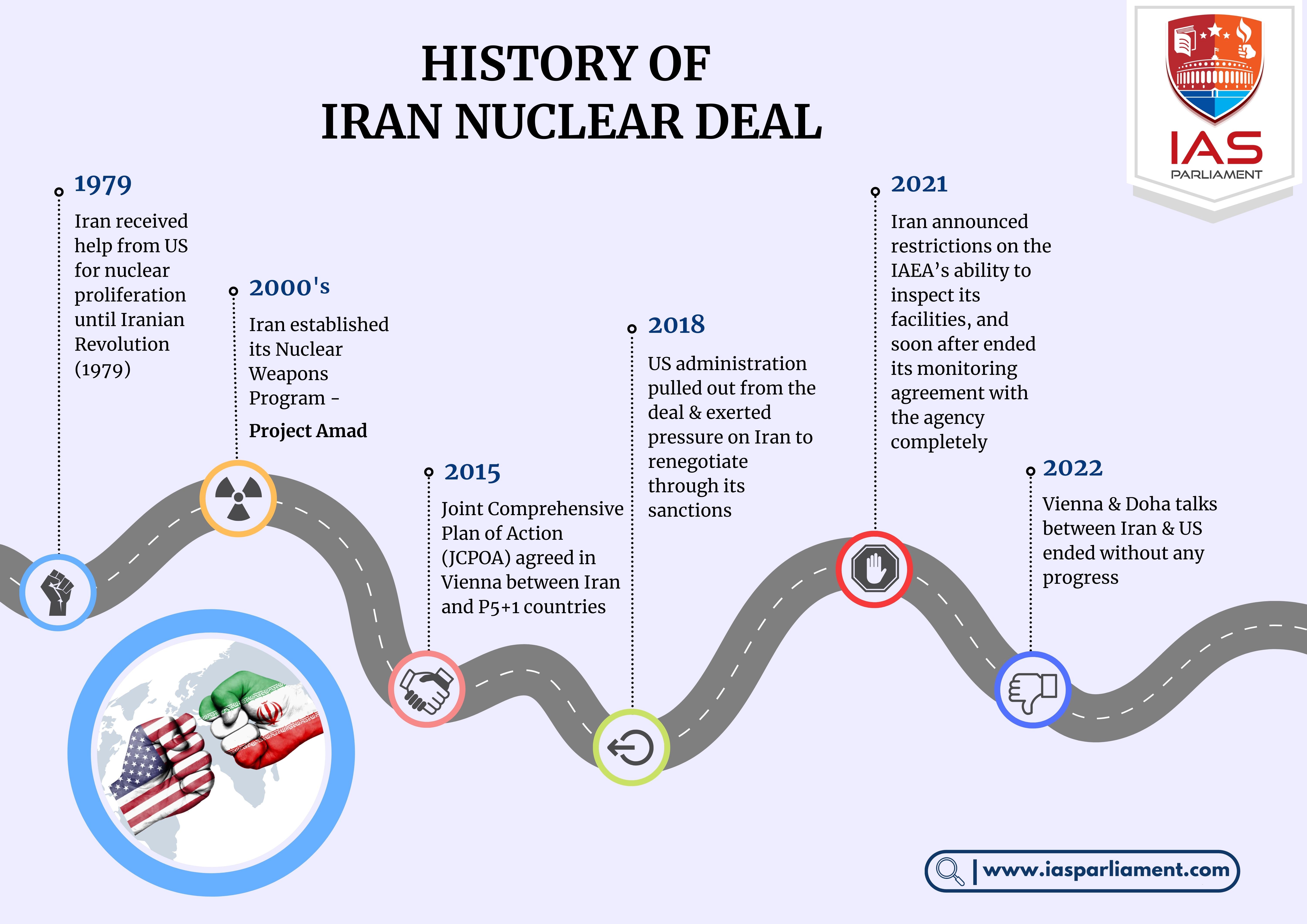7667766266
enquiry@shankarias.in
Uranium enriched to 5 % is used in nuclear power plants, and at 20% it can be used in research reactors or for medical purposes. High-enriched uranium, at some 90 %, is used in nuclear weapons.

References